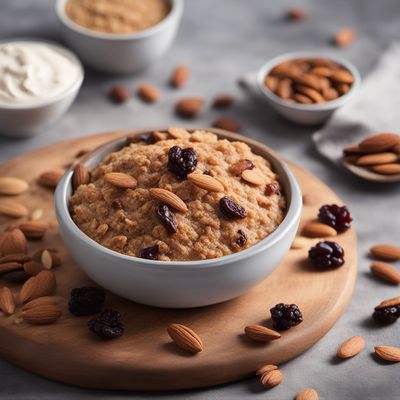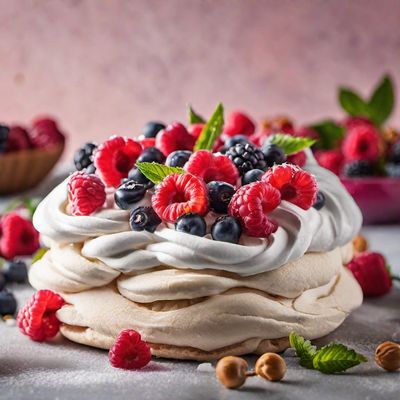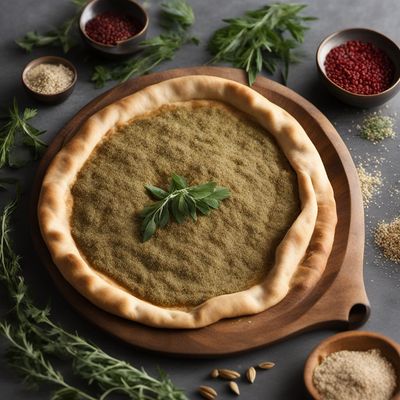
Ingredient
White sugar
The Sweet Essence of White Sugar
White sugar, also known as granulated sugar, is a fine crystalline substance derived from sugarcane or sugar beets. It has a neutral flavor and dissolves easily, making it a versatile sweetener for various recipes. The texture of white sugar is granular and dry, with a bright white color that adds visual appeal to dishes.
Origins and history
The history of sugar dates back thousands of years, with its cultivation and use originating in ancient India. It was later introduced to the world through trade routes, becoming a highly sought-after commodity. The production and consumption of sugar played a significant role in shaping global economies and cultural practices, including the development of sugarcane plantations and the rise of the sugar industry.
Nutritional information
White sugar is a source of empty calories, providing only energy without any significant nutritional value. It is important to consume white sugar in moderation as part of a balanced diet. Excessive consumption of sugar has been linked to various health issues, including obesity and dental problems.
How to select
When selecting white sugar, look for brands that are finely granulated and free from lumps or clumps. The sugar should have a bright white color and a clean, sweet aroma. Avoid sugar that appears moist or has an off-putting odor, as this may indicate poor quality or contamination.
Storage recommendations
White sugar is produced on a large scale by extracting juice from sugarcane or sugar beets, which is then processed and refined to remove impurities. This process involves multiple stages, including clarification, evaporation, crystallization, and drying. It requires specialized equipment and expertise, making it impractical for amateur production.
Preparation tips
To maintain the freshness and prevent clumping, store white sugar in an airtight container in a cool and dry place, away from direct sunlight. Avoid exposure to moisture, as it can cause the sugar to harden or form lumps. Proper storage will help preserve the quality and texture of white sugar for an extended period.
Substitutions
White sugar is a versatile ingredient that can be used in a wide range of recipes. It is commonly used in baking to sweeten cakes, cookies, and pastries. It is also a popular choice for sweetening beverages such as coffee, tea, and cocktails. Additionally, white sugar is used in the production of jams, jellies, and confectionery items.
Availability
White sugar is widely available in grocery stores, supermarkets, and convenience stores worldwide. It is a common pantry staple found in households and professional kitchens alike.
More ingredients from this category
Recipes using White sugar » Browse all

Hoornse Broeder with Almond and Raisins
Dutch Delight: Almond and Raisin Hoornse Broeder

English Summer Berry Delight
Luscious Berry Fool: A Taste of English Summers

Louisiana Delight Cake
Spicy Southern Indulgence Cake

Cambodian-Style Turnip Cake
Savory Delight: Cambodian-Style Turnip Cake

Portuguese Sweet Vermicelli Pudding
Velvety Delight: Portuguese Sweet Vermicelli Pudding

Mexican Tiramisù
Café Mexicano Tiramisù: A Spicy Twist on a Classic Italian Dessert

Vegan Pavlova
Plant-Based Delight: Vegan Pavlova

Bundevara - Serbian Pumpkin Pie
Autumn Delight: Irresistible Serbian Pumpkin Pie

Katův šleh - Czech Whipped Cream Cake
Heavenly Delight: Czech Whipped Cream Cake

Homemade Cinnamon-Sugar Chimney Cakes
Crispy Delights: Homemade Cinnamon-Sugar Chimney Cakes

Homemade Lebanese Flatbread with a North American Twist
Flavorful Fusion: Lebanese Flatbread with a North American Twist

Homemade Nigiri Sushi
Delicate Bites of Freshness: Homemade Nigiri Sushi

